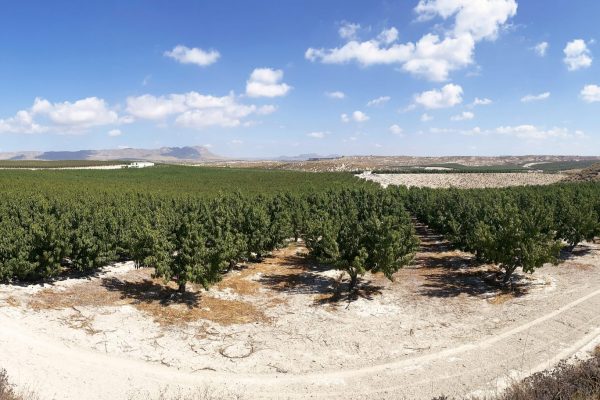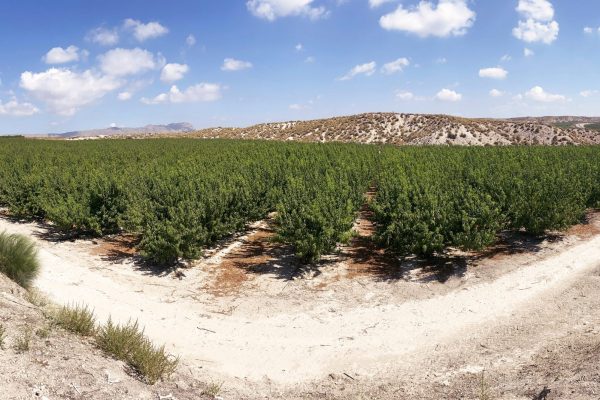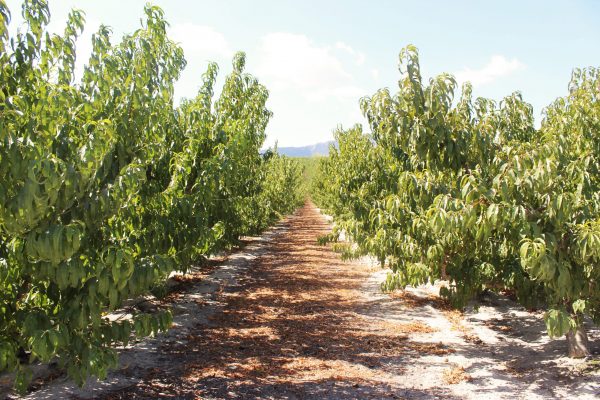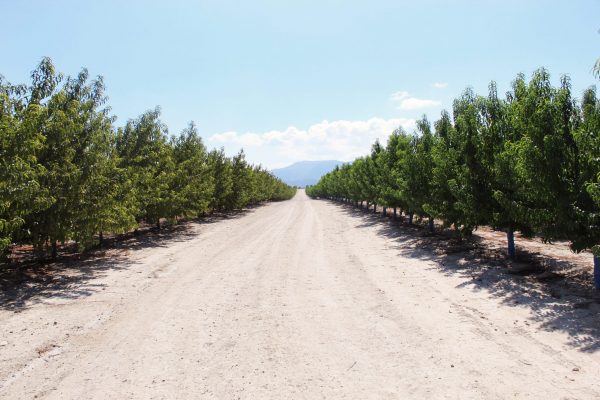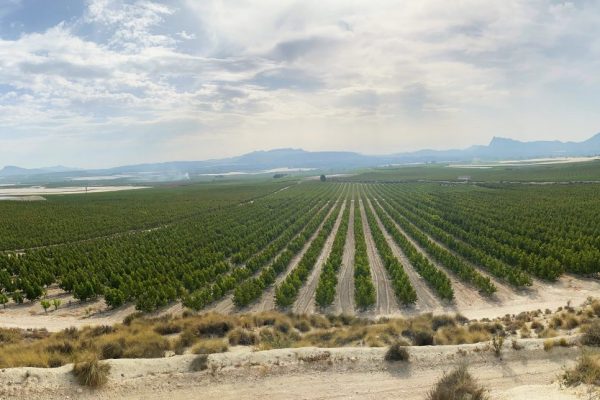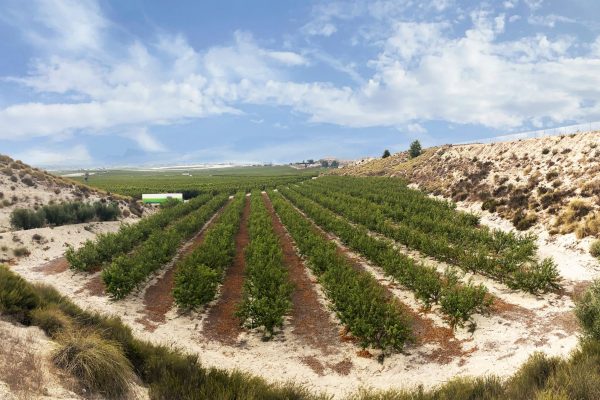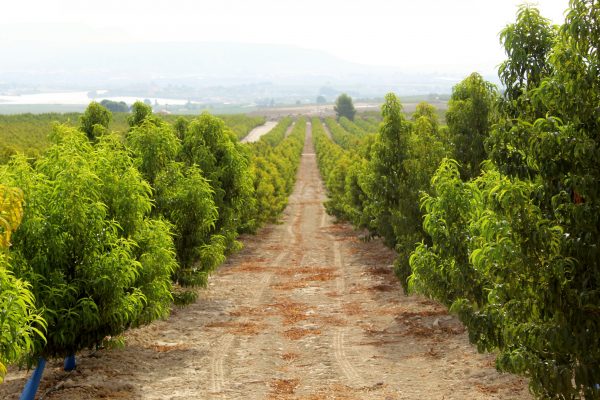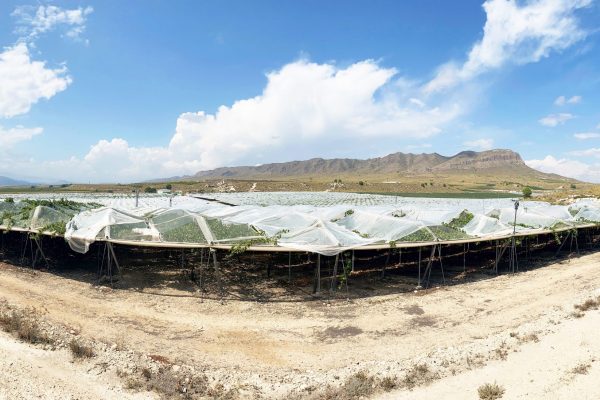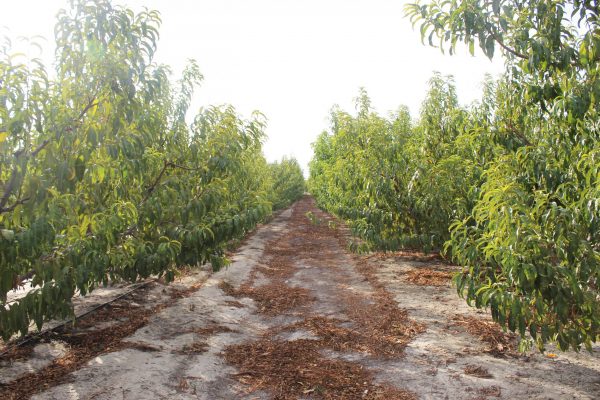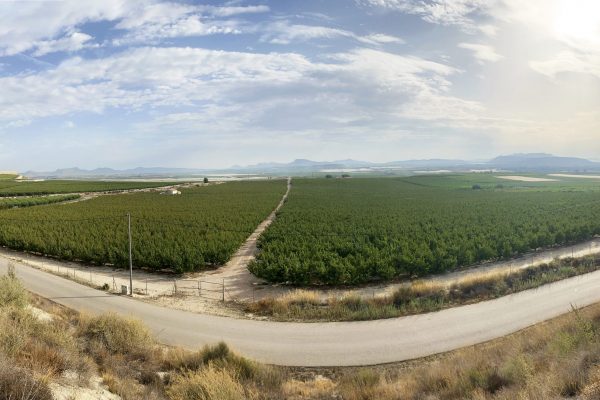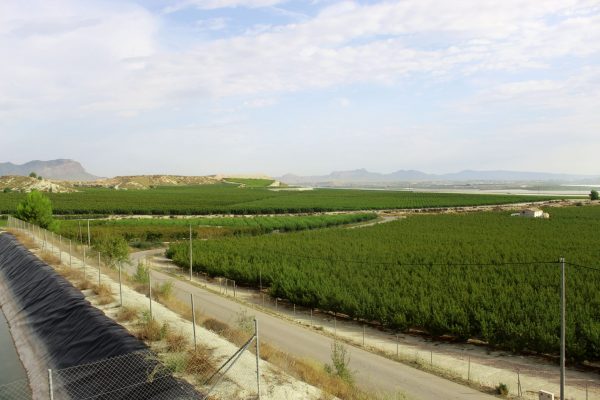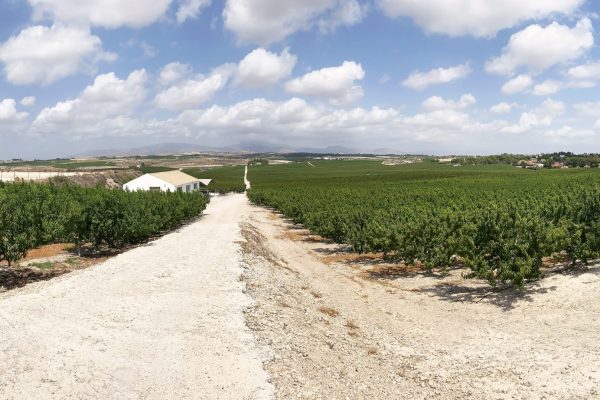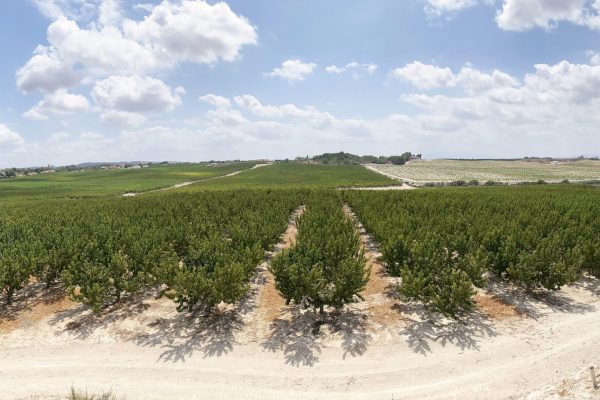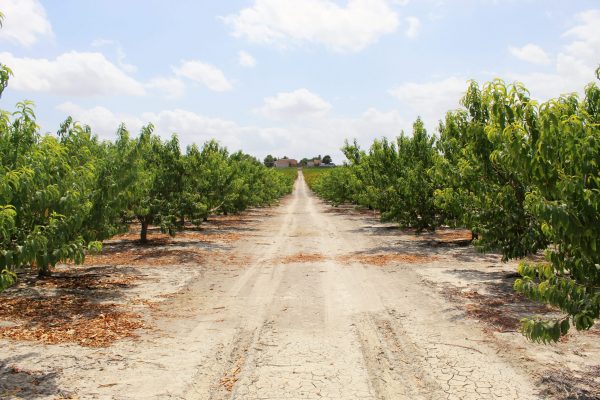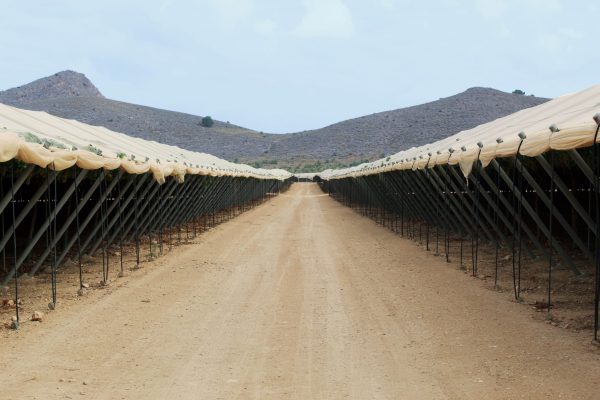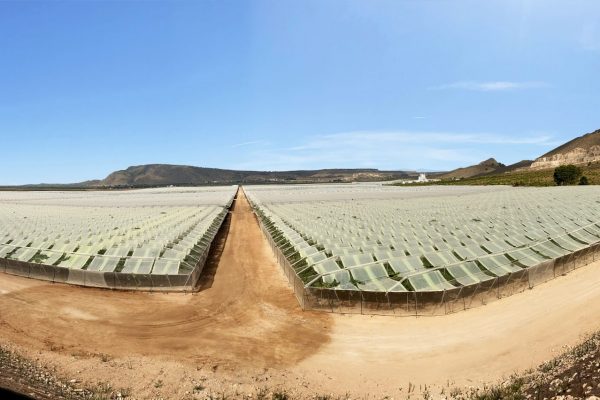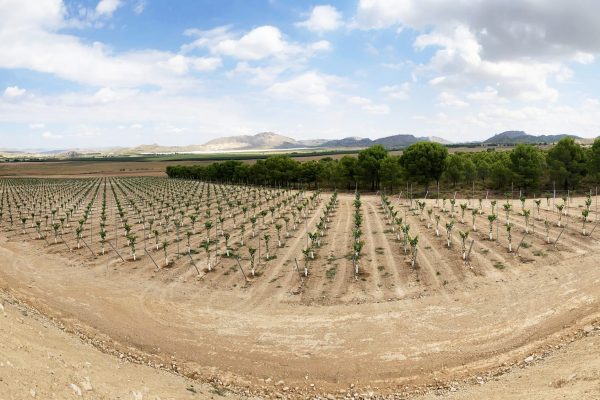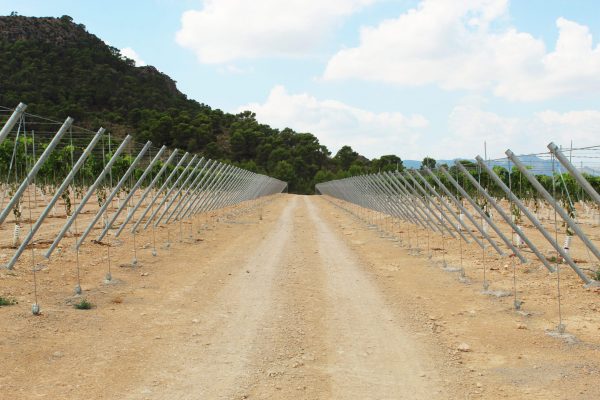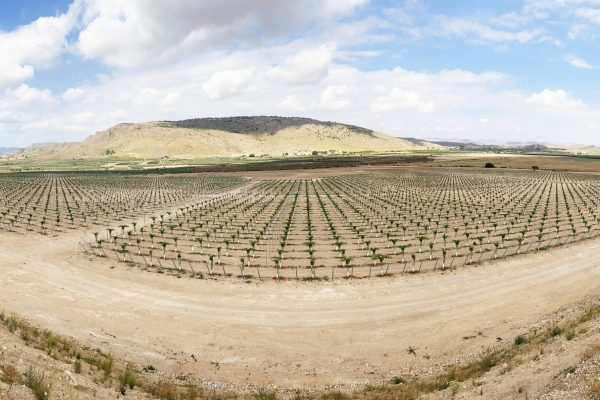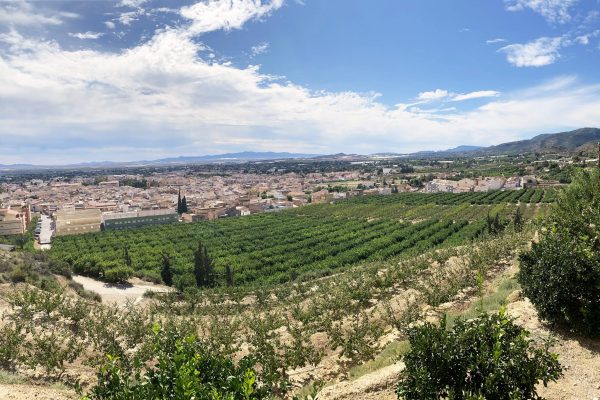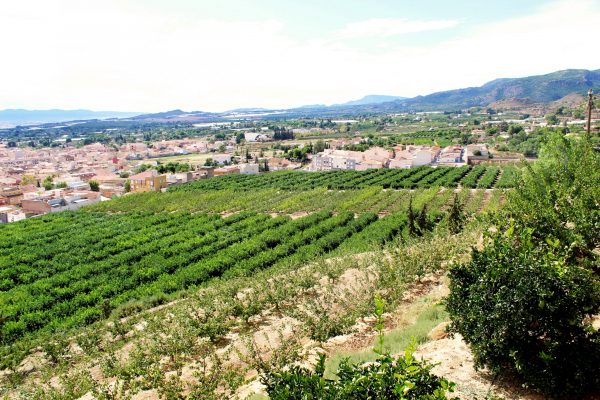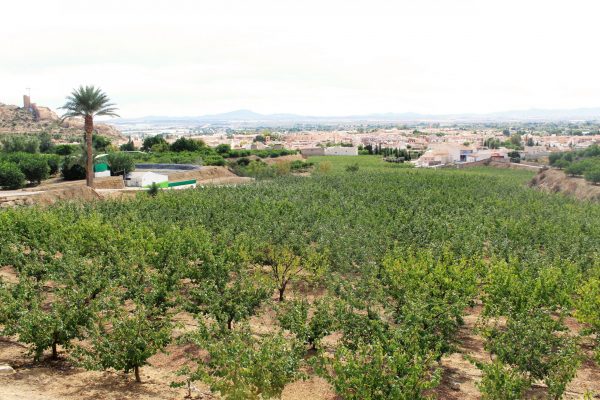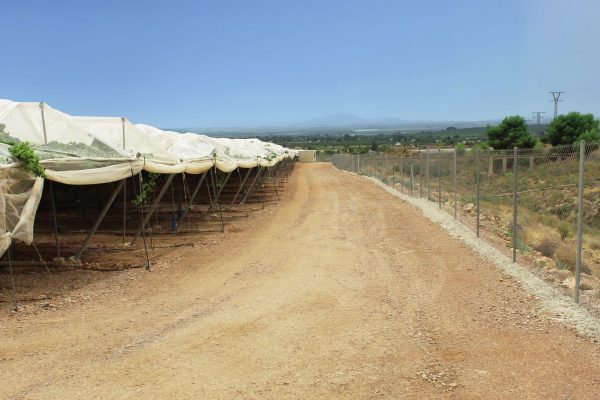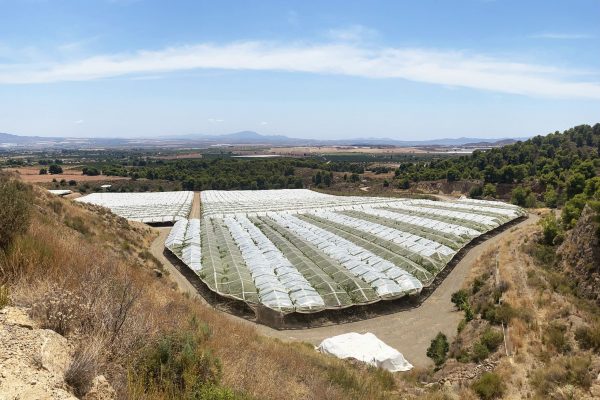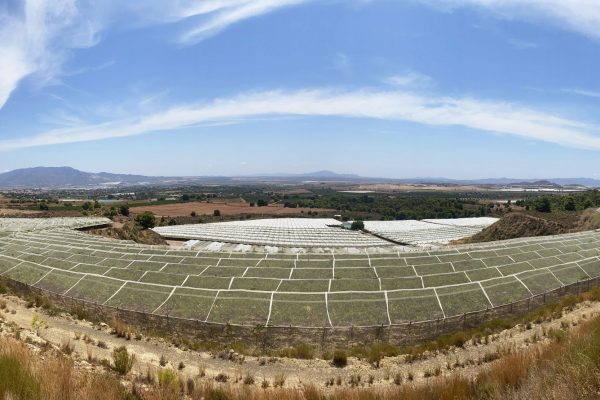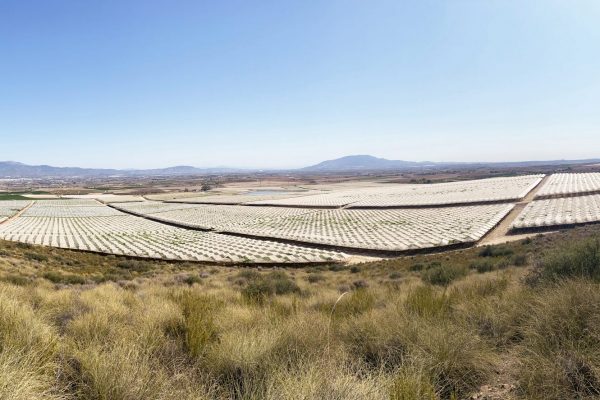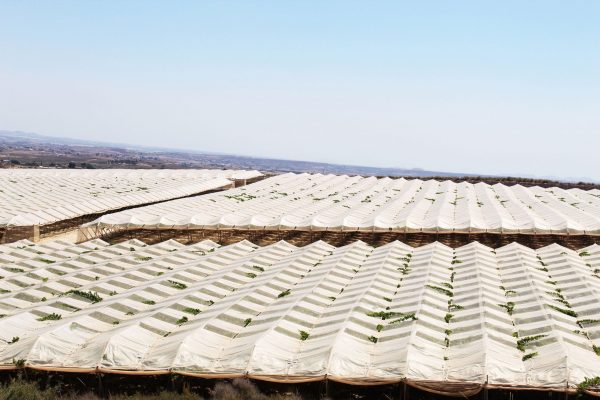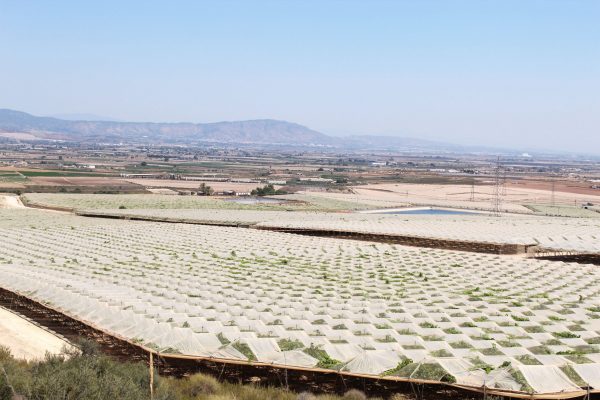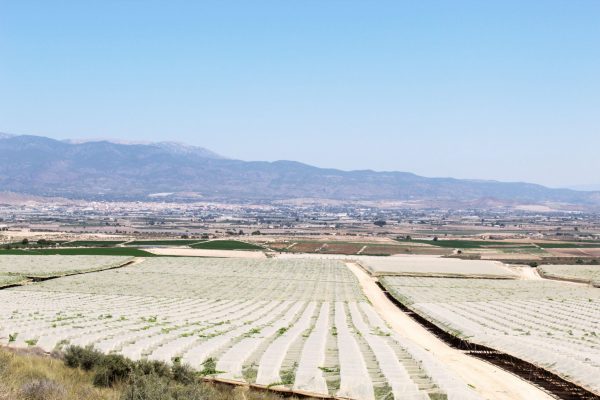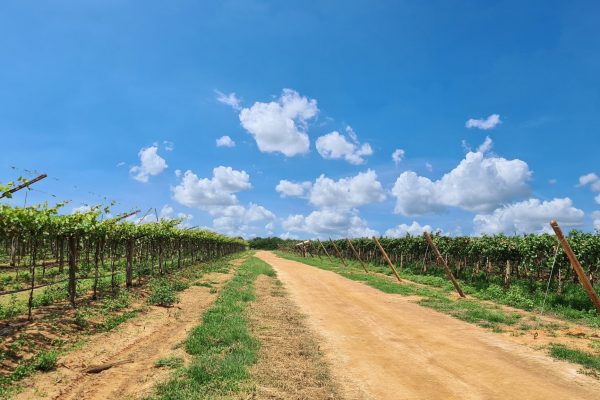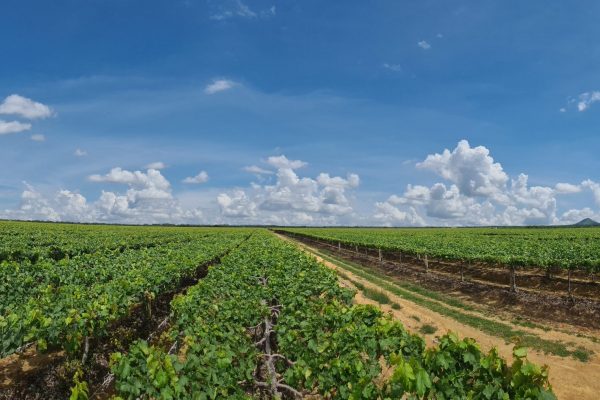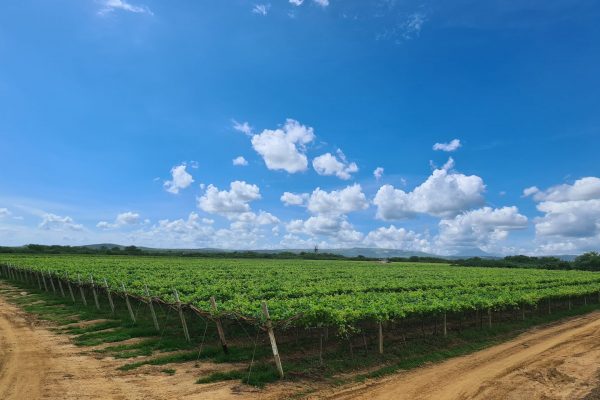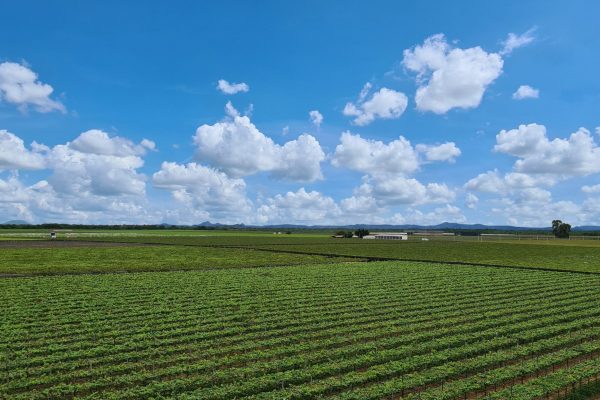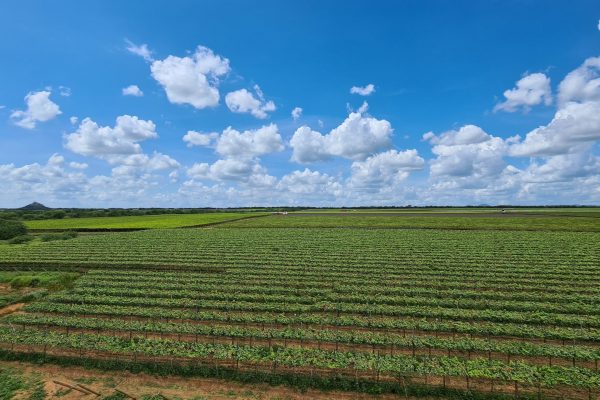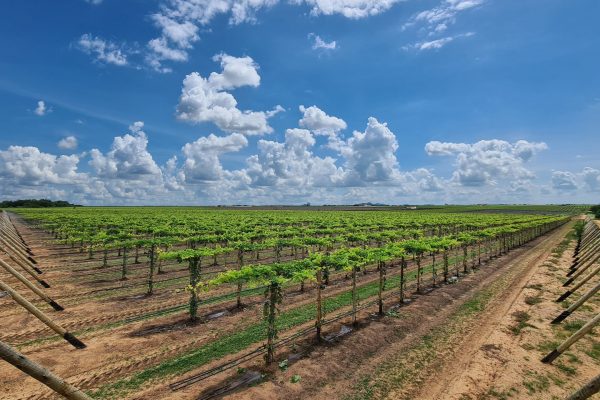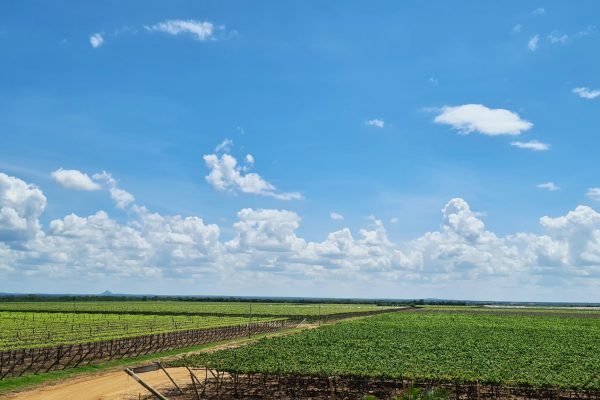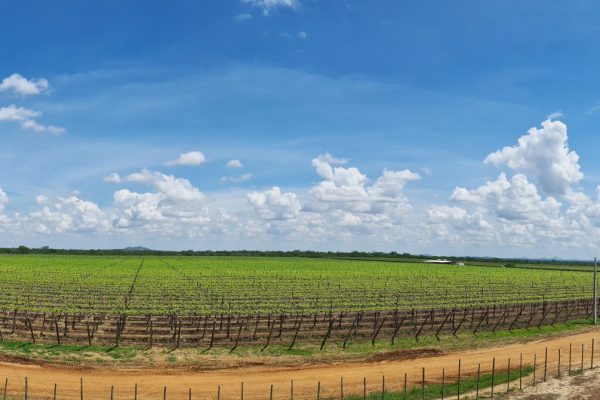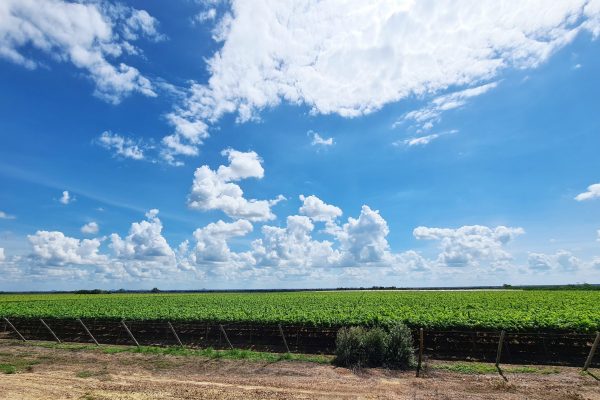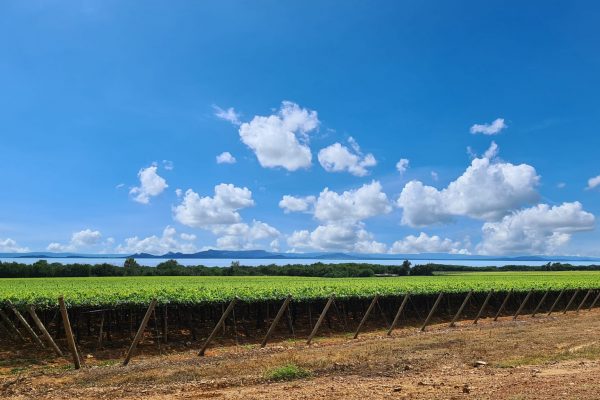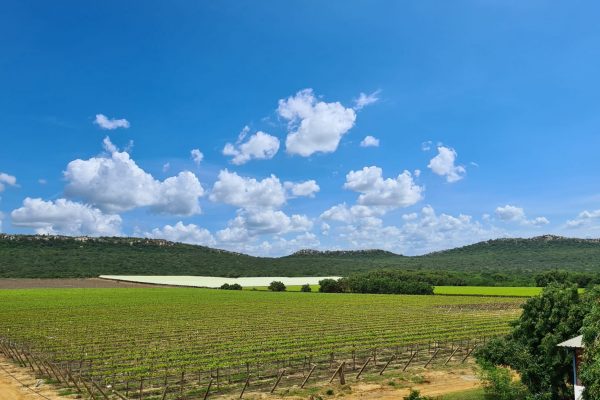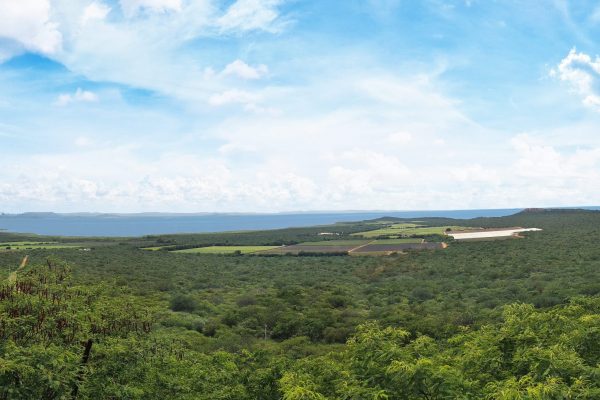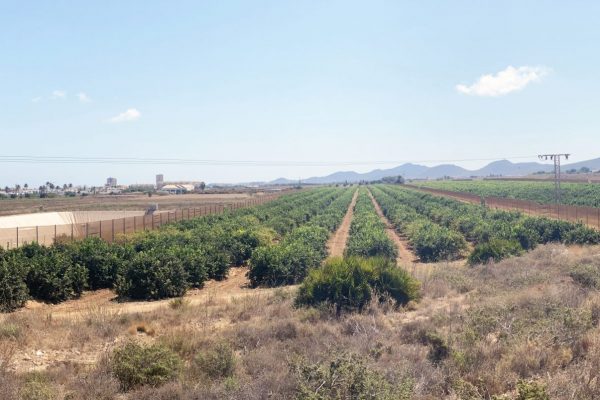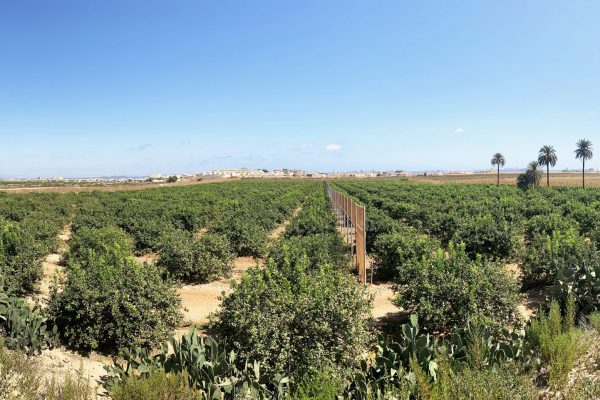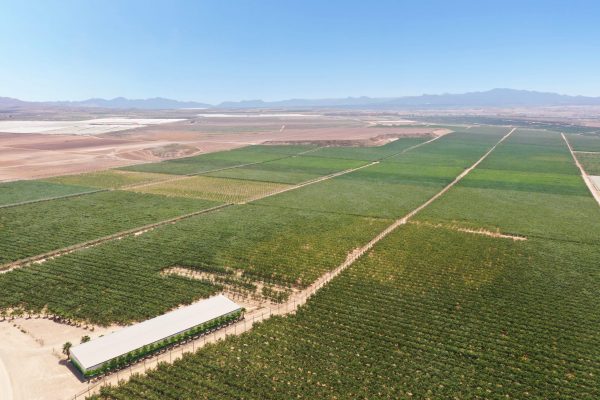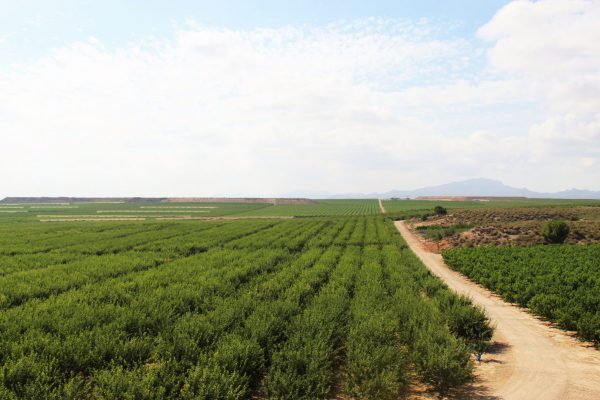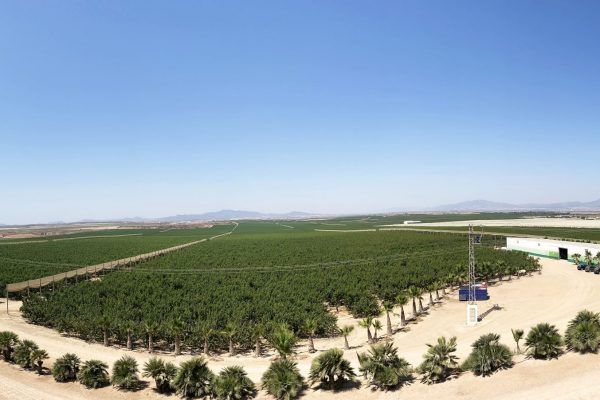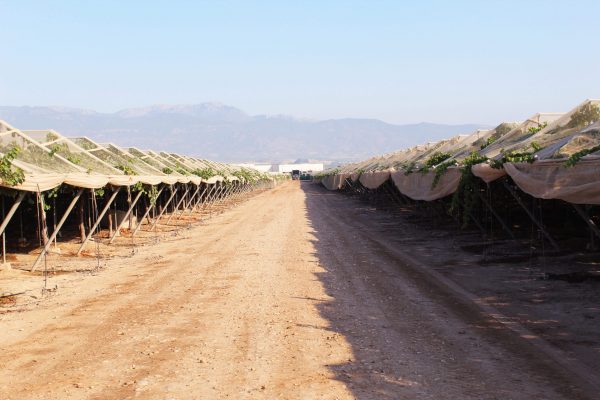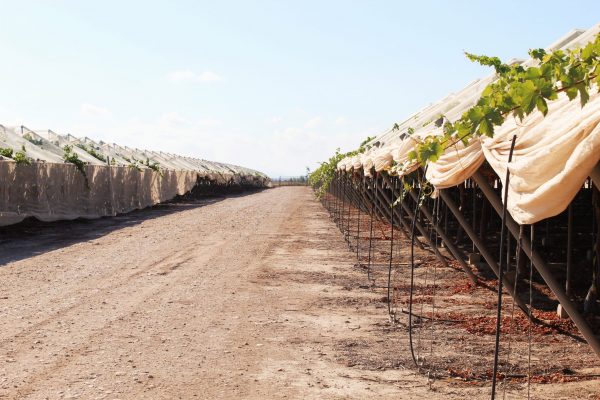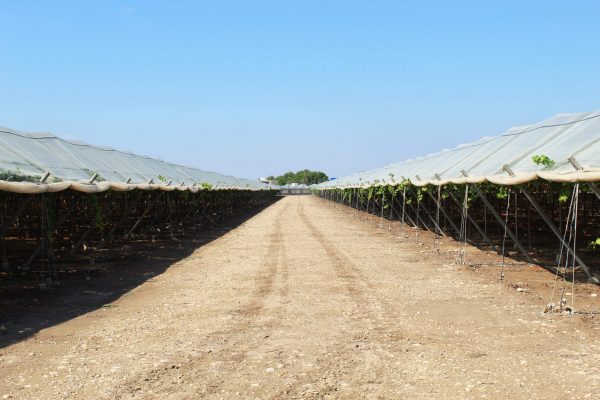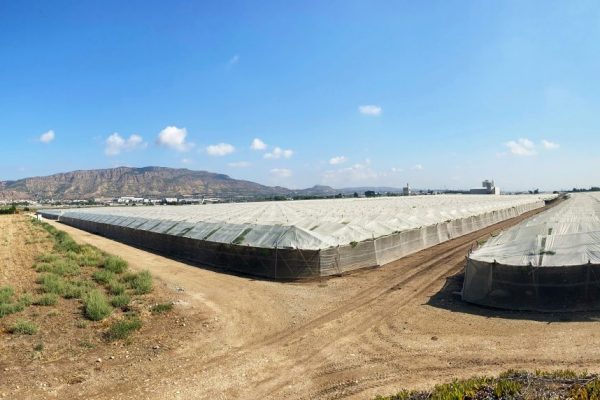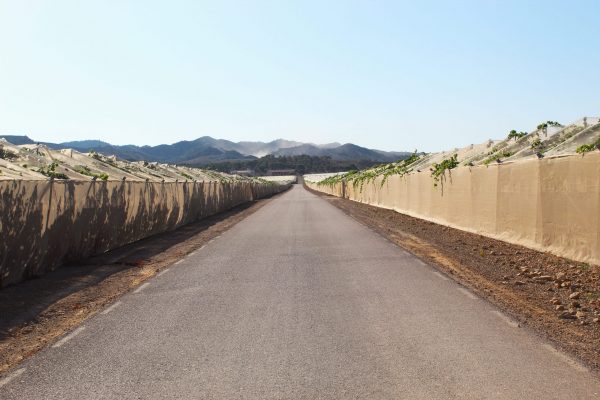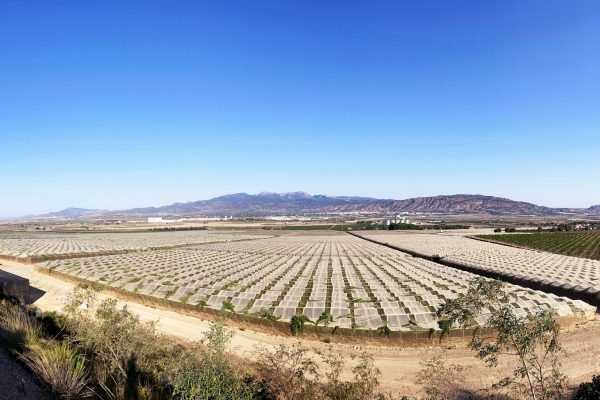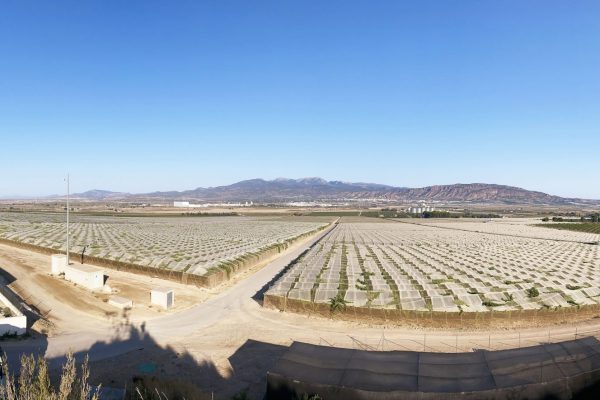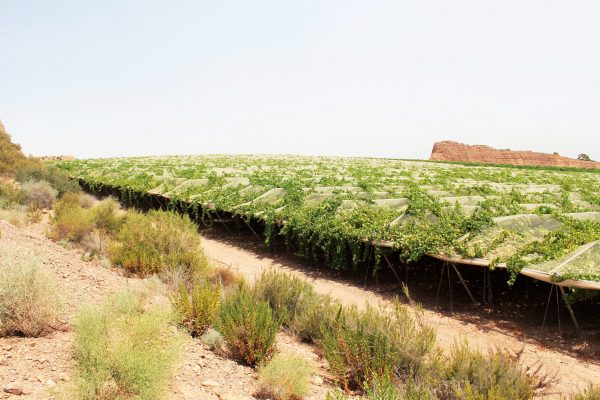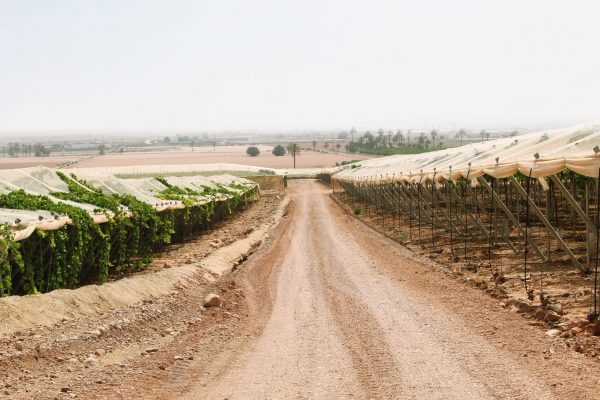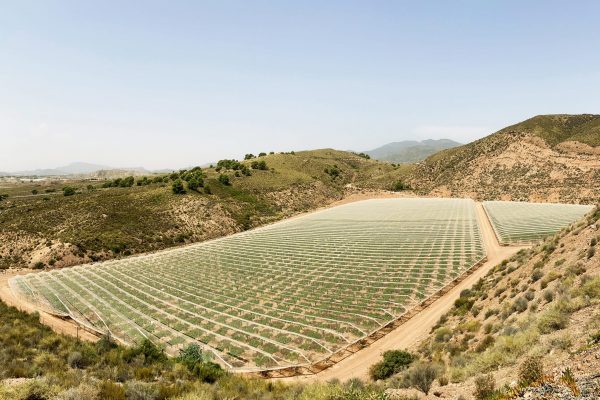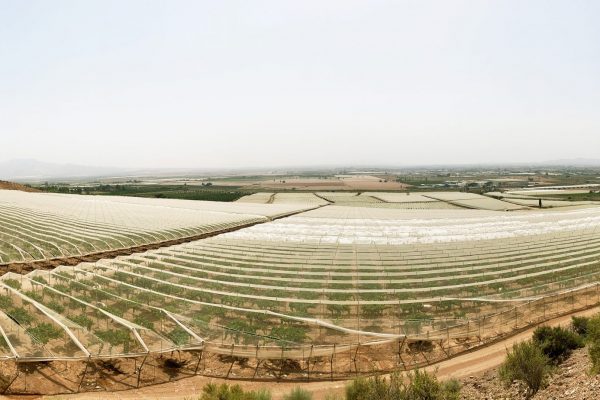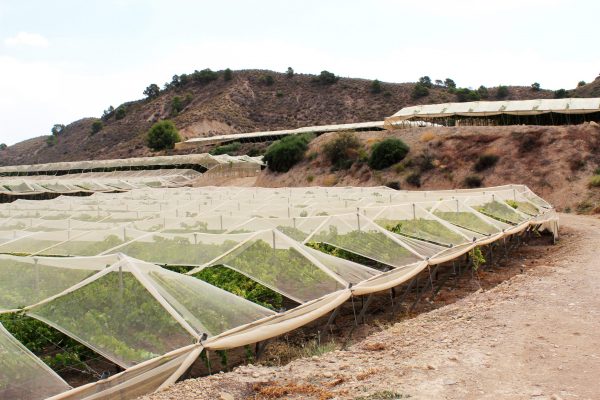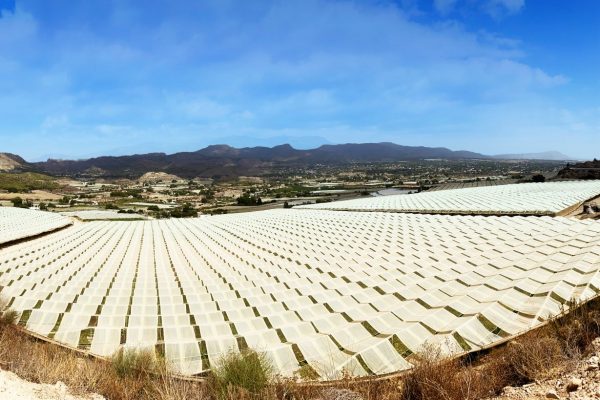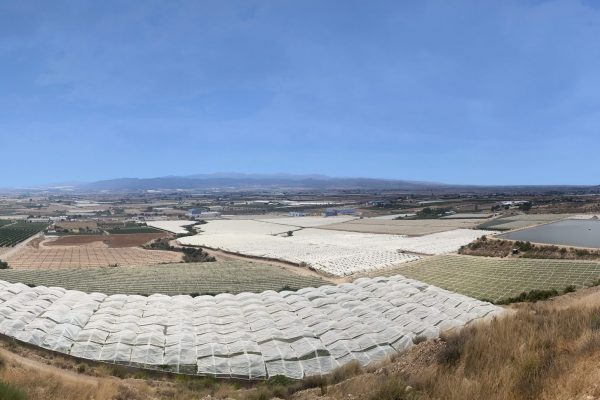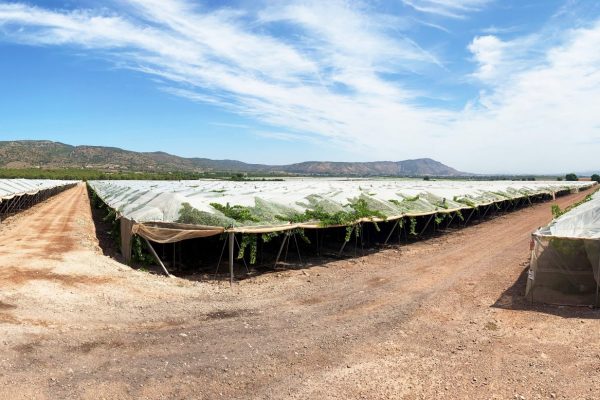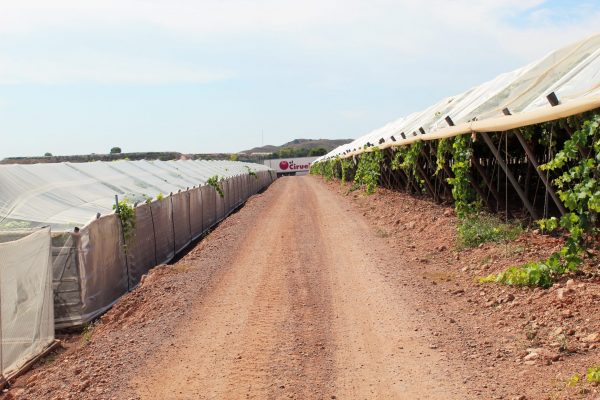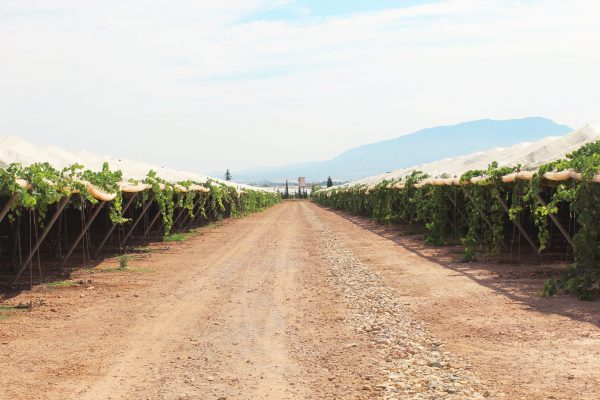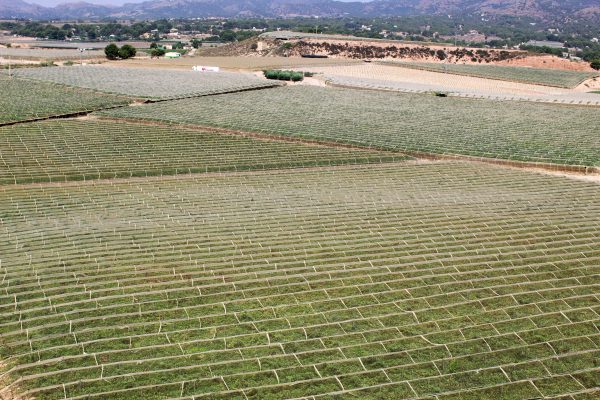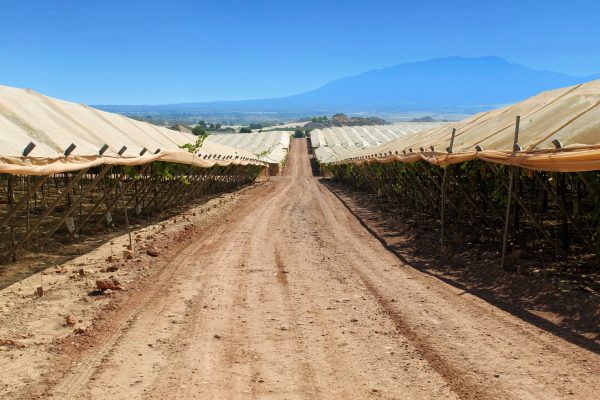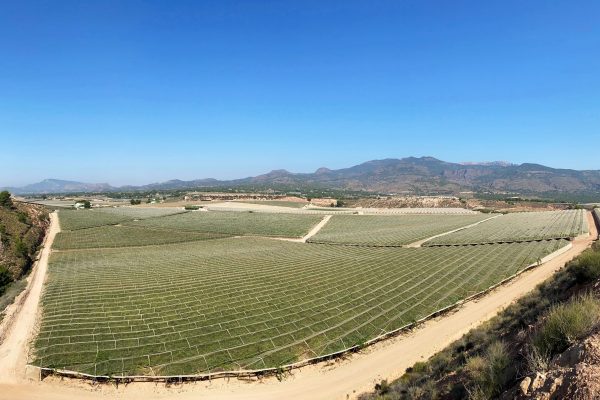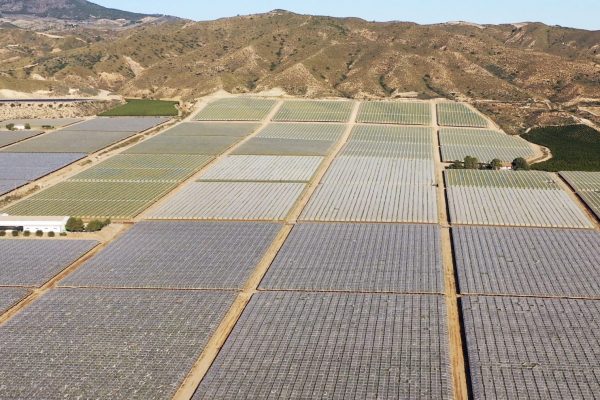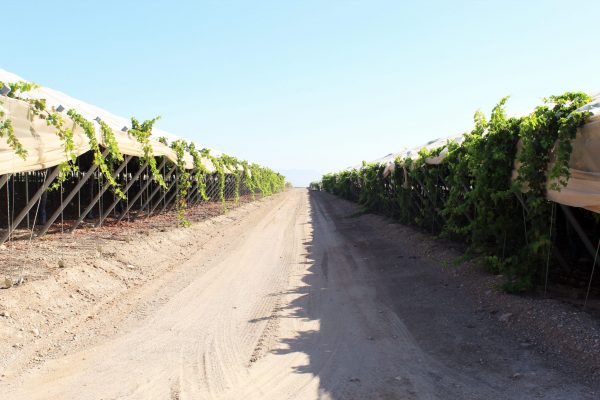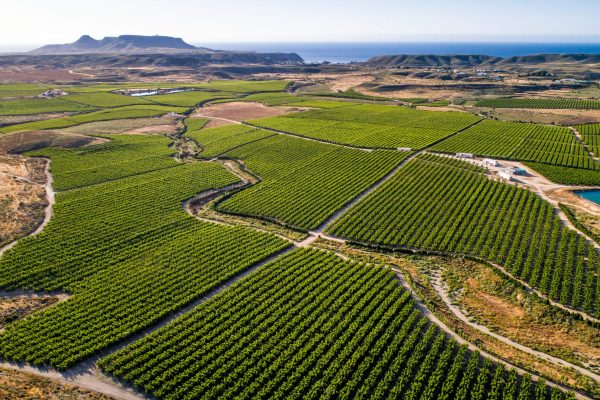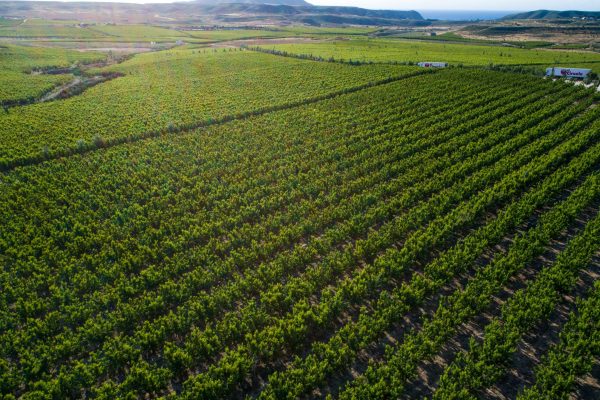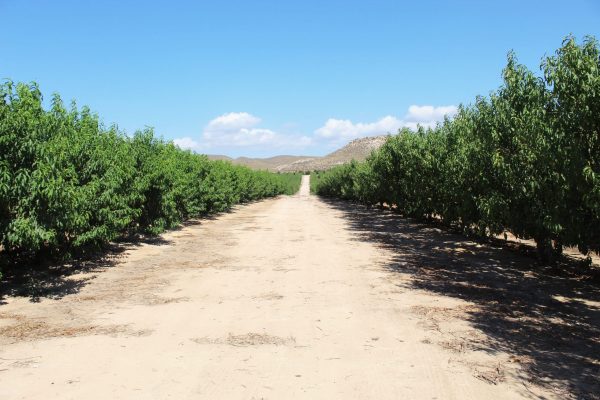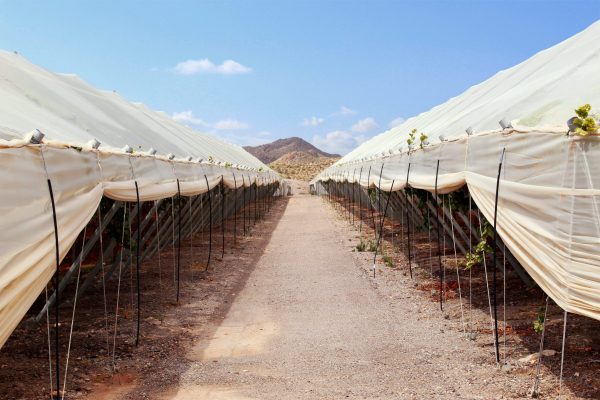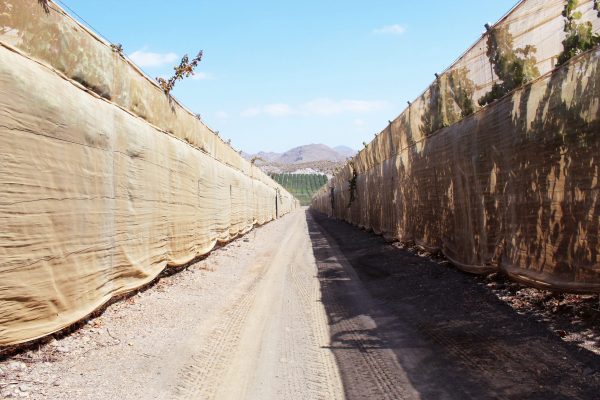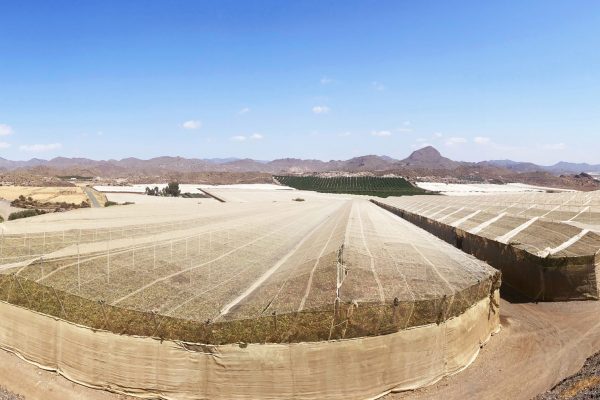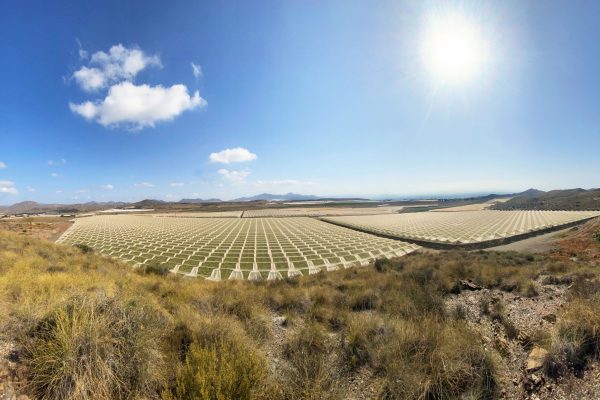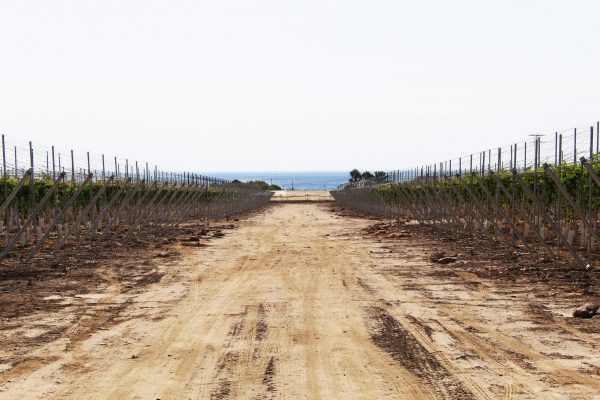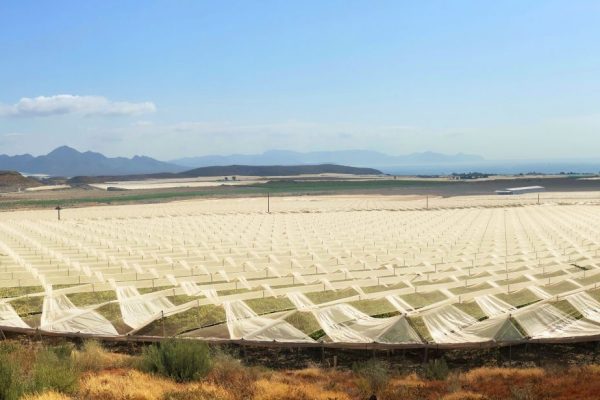Carnival is one of the most famous popular festivals in the Western world, being the most important festival in Brazil. Carnival arrived in Brazil during the colonial period, characterised by various games, such as Shrovetide, a sort of medieval football.
Over the 20th century, many rhythms and dances became part of the Brazilian Carnival. Currently, rhythms such as samba, maracatu and frevo have become its symbols.
The Brazilian Carnival is the biggest popular festival in Brazil, although it is a festival that has no fixed date, given that it is established by the criteria that sets Holy Week’s date. Thus, once Holy Week is set, it is possible to date the days of Carnival, since Shrove Tuesday is set exactly 47 days before Holy Week.
The Brazilian Carnival is the biggest popular festival in Brazil, although it is a festival that has no fixed date, given that it is established by the criteria that sets Holy Week’s date. Thus, once Holy Week is set, it is possible to date the days of Carnival, since Shrove Tuesday is set exactly 47 days before Holy Week.
It is also a very important event for Brazil’s economy, as it moves billions of reais per year. Brazil’s biggest street parties take place in cities such as São Paulo, Rio de Janeiro, Recife and Salvador. There are other huge parties inside the stadiums in Rio de Janeiro and Minas Gerais, for example.
In Salvador de Bahia, we should highlight the traditional electric trios (kind of truck or float equipped with a high-power sound system and a stage for music performance on the top), which cross some parts of the city. The rhythm that drives the Bahia Carnival is essentially axé, Bahia’s traditional music style. In 2019, 1.7 million people participated in the Salvador Carnival.
In Recife, we find the most attractive carnival festival bloc in the world: the Galo da Madrugada. According to estimations, in 2019, the Galo da Madrugada attracted around 2 million people who celebrated for hours in Pernambuco’s capital. The Pernambuco Carnival’s other hallmarks are the rhythms, such as the frevo, as well as the dances and the traditional Olinda puppet parade, which takes place in the neighbouring city of Olinda.
In the Southeast region, we must mention São Paulo and Rio de Janeiro. In Rio de Janeiro, about 7 million people attend the carnival, while in São Paulo, the number of people who go out on the streets reaches 5 million.
So, now that you know the history of the Brazilian Carnival, perhaps you should visit one of these places and enjoy the country’s biggest event. Why not?
If you want to learn more, don’t forget to follow us on our social networks @elciruelofruits and @Doceuva_br!

